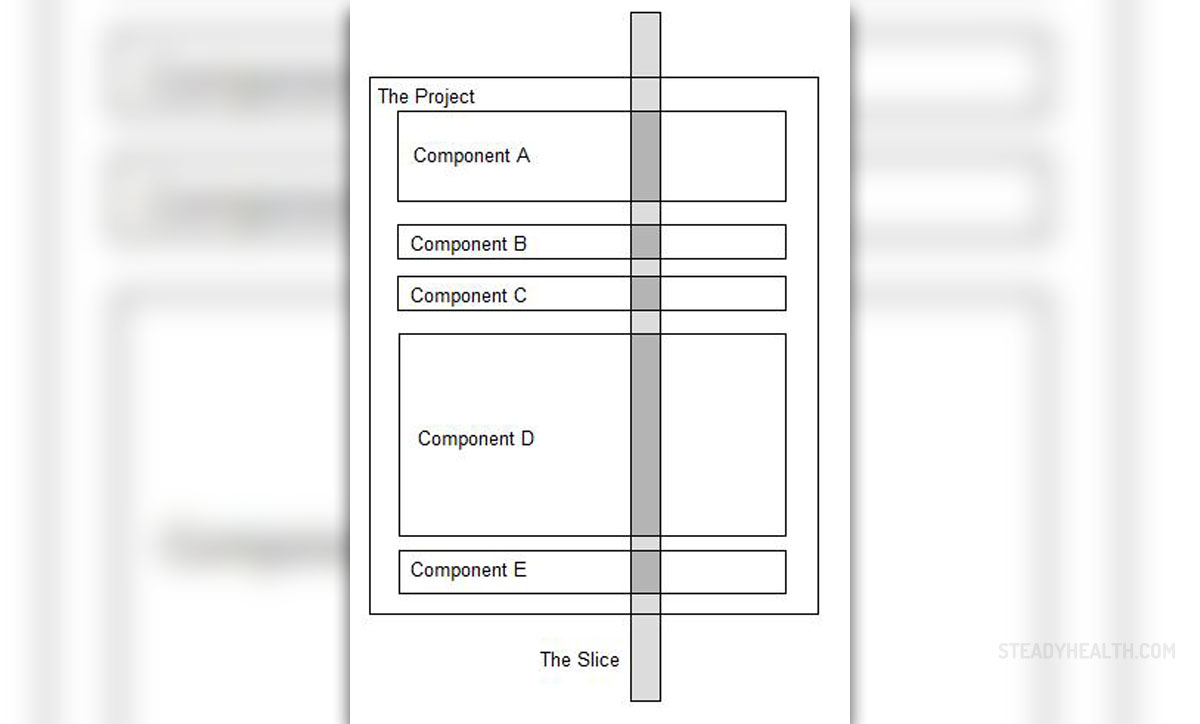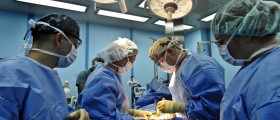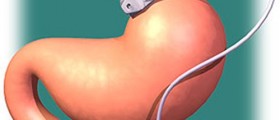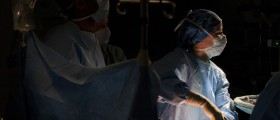
Vertical sleeve gastrectomy with duodenal switch is one of several bariatric surgeries performed in obese individuals who simply cannot lose weigh with standard treatments such as diet modification and physical activity.
This surgery is also known under the name bilopancreatic diversion with duodenal switch. In spite of the fact that vertical sleeve gastrectomy with duodenal switch is frequently performed operation, many surgeons do not prefer doing it because of certain long-term effects the surgery has on a patient's health.
The procedure is highly efficient in individuals whose body mass index is > 50 kg/m2, while those with BMI of < 45 kg/m2 may lose way too much weight and are, therefore, recommended other surgery.
Vertical Sleeve Gastrectomy with Duodenal Switch - the Procedure
The surgery goes through two stages. Namely in the initial stage the surgeon performs vertical sleeve gastrectomy. During this stage the stomach gets vertically divided. Approximately 85% of the stomach is then removed. The remnant stomach, which is sleeve-shaped, remains connected to the intestine. It functions normally and digests food similarly to the previously enormously large stomach. However, since the size of the stomach is significantly reduced, an individual feels satiated after consuming small portions of food, which eventually results in desirable weight loss. This stage of vertical sleeve gastrectomy with duodenal switch cannot be reversed.
During the second stage the surgeon creates a duodenal switch. This is a so called 'malabsorption surgery' and it can be reversible. Duodenal switch is highly efficient in prevention of absorption of excess calories from meals. The surgery includes bypassing the duodenum with a portion of the intestine. The final effect is bypassing large portions of the intestine, therefore preventing proper food absorption. In majority of cases around 500 cm of the intestine is bypassed.
Vertical Sleeve Gastrectomy with Duodenal Switch Advantages and Side Effects
This surgery allows obese patients to lose weight by restriction of food intake as well as insufficient absorption of already consumed food. The main problem is actually related to inappropriate absorption of food which may have severe long-term effects out of which the most serious ones are vitamin and mineral deficiencies and associated medical conditions such as anemia, metabolic bone disease etc. Patients may also develop protein deficiency.
Several more side effects of the surgery are nausea and vomiting, severe diarrhea, ulcers formation, kidney stones, bowel obstruction, bowel strictures, leakage etc. If there is excessive weight loss, one needs to undergo reoperation.
In order to prevent majority of complications patients are supposed to have 3 meals per day and adhere to proteins and vitamin supplements.
















Your thoughts on this
Loading...